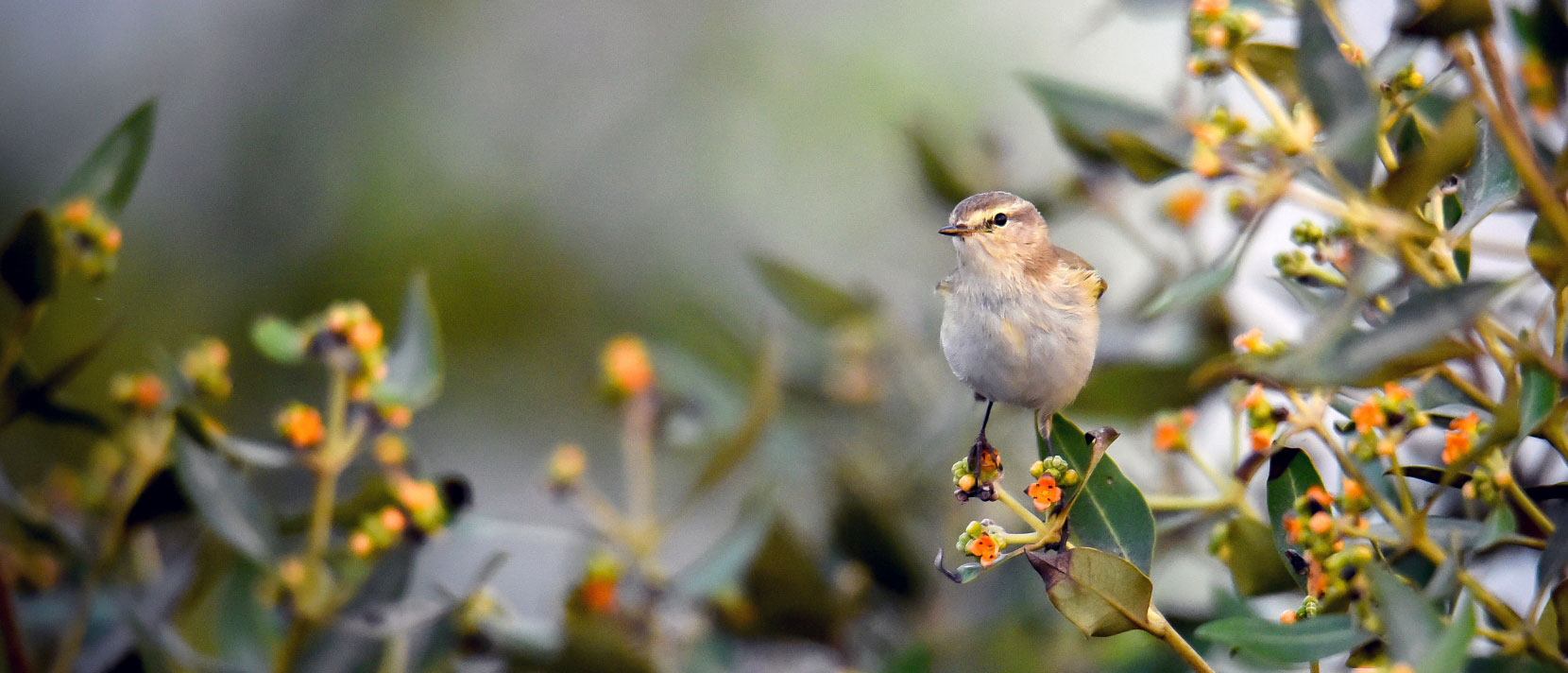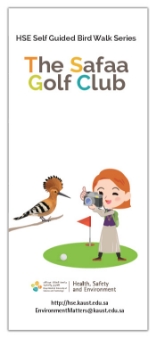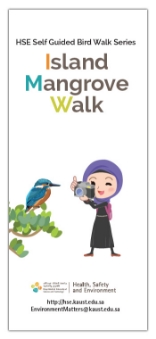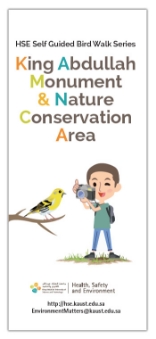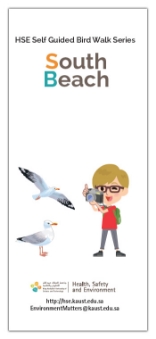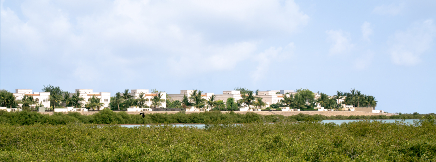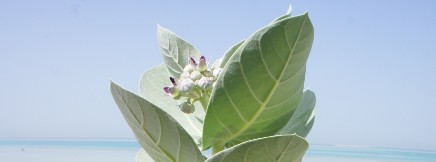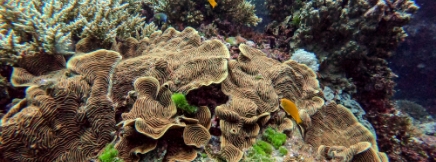Beyond its traditional city infrastructure and man-made parks, KAUST has natural terrain and coastline hosting an impressive variety of wildlife and rich biodiversity. Over 240 species of birds call KAUST home throughout the year. For other species, KAUST provides a place to rest and feed along their annual migration route. Birds benefit from both our natural pre-existing ecosystem and our man-made environment. As such, KAUST is an ideal environment for birdlife, with a variety of habitats that include mudflats, mangroves, lakes, parklands, and gardens.
KAUST lies on a major bird migratory route. In the autumn, migrating birds leave their breeding grounds in Central Eurasia and fly along the Red Sea en route to their winter homes in North and East Africa. In the spring they make the return journey. Most birds break their long migrations into a series of shorter legs, making multiple stops on the way.
Species of Swallows, Crakes (Rail) and Warblers, as well as Blue-Cheeked and European Bee-Eaters favor our gardens and wooded areas. Many water birds prefer our mudflats and mangroves, with Waders, Flamingos, Cranes, and Herons among the most frequently observed species.
Other birds at KAUST reside and breed here. Crab Plovers, Rüpell’s Weavers, and Black Bush Robins are among the local birds that make KAUST their permanent home.
There are excellent opportunities for birding at KAUST. Observation hides (blinds) are located on the Safaa Golf Course and South Beach, and the Nature Conservation Area and Island Mangroves are also productive places to explore the variety of avian wildlife in our backyard.
HSE SELF GUIDED BIRD WALK BOOKLETS
KAUST’s Self-Guided Bird Walk booklets allow KAUST residents and visitors to explore the biodiversity of birds throughout KAUST. More than 20,000 KAUST bird sightings have recently been archived digitally at the KAUST Library and on eBird, the well-known global citizen science platform. Find more details here.
OUR NATURE, LIVE
The BIRDKAM is a live camera at the KAUST Safaa Golf Club, showcasing the biodiversity of birds at the course’s lake.

